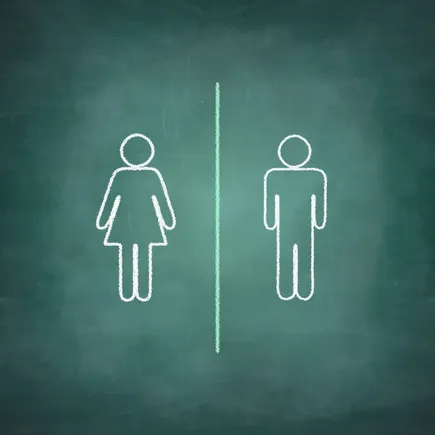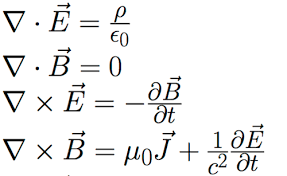Ask people at Columbia, Harvard or UCLA how things are going for higher education, and they might rightly say that things are quite dismal. Those places have been early targets in the Trump administration’s ongoing effort to bring colleges and universities to heel.
Funding cutoffs, intrusive demands for data and investigations have made life pretty difficult for those universities and some others. In addition, they have had to confront the excruciating choice of whether to defy the administration’s demands or try to reach a settlement.
At Columbia, Harvard and UCLA, budgets have been squeezed. Uncomfortable adjustments have been made. Reputations and careers have been damaged or ruined.
While some college presidents have publicly condemned what the administration has been doing, many other college and university leaders have tried to keep their heads down, to say nothing or do nothing to join with and support places that have been prominent on the administration’s hit list. But the days of duck and cover in American higher education may be coming to a close.
On Sunday, The Washington Post reported that the administration was considering a new strategy in its dealings with colleges and universities. The plan is to change the way the federal government awards research grants, “giving a competitive advantage to schools that pledge to adhere to the values and policies of the Trump administration on admissions, hiring and other matters.”
Then, on Wednesday, the administration sent letters to nine universities asking them to sign a 10-page “Compact for Academic Excellence in Higher Education.” In exchange for getting preferential treatment for federal funds, among other benefits, colleges would agree “to freeze tuition for five years, cap the enrollment of international students and commit to strict definitions of gender.” They also must, per The New York Times, “change their governance structures to prohibit anything that would ‘punish, belittle and even spark violence against conservative ideas.’”
The “Compact for Academic Excellence” seeks to get colleges and universities to sign onto President Trump’s priorities all at once. That means that the kinds of excruciating choices faced by a few colleges and universities will soon be coming to a campus near you.
Higher education is now facing an unprecedented moment of truth, with institutions needing to decide whether to stick to their commitments to independence and academic freedom at the cost of their financial well-being and capacity to carry out research, or to show their loyalty to the administration at a cost to their integrity and mission.
As I see it, there really is no choice. Colleges and universities must say no. They should do so now, when resistance might dissuade the administration from going any further with its plan.
If colleges relent, they will forfeit whatever moral capital they have left and send the message that the pursuit of truth matters less than loyalty to a political agenda and that colleges and universities can be made to give up their independence if the price of freedom is high enough.
I am enough of a realist not to take odds on what choices colleges and universities will make. And I know that resistance of the kind I am advocating may be very costly for students, faculty and staff, as well as the communities served by campuses that push back.
But as journalist Nathan M. Greenfield explained in 2021, “Academic freedom is the sine qua non of universities in common law countries as well as those in Western Europe and, indeed, is central to the functioning of universities in all but those countries with repressive governments.” Yale Law School professor Robert Post explains that “academic freedom rests on a bargain between society and institutions of higher education. Universities are granted independence so they can produce two necessities of modern life: knowledge and education.”
The very idea that the Trump administration is seeking to compel universities to adhere to the values and policies that it prefers suggests how little regard it has for either knowledge or education. Post gets it right when he says, “Democracy would become a farce, and the value of self-government meaningless, if the state could manipulate the knowledge available to its citizens.”
In 1957, Supreme Court Justice Felix Frankfurter approvingly cited a statement that identified four conditions for higher education to thrive: universities must be free to determine who may teach, what can be taught, how it is taught and who will be admitted. “For society’s good,” Justice Frankfurter wrote, “inquiries into [academic and social] problems, speculations about them, stimulation in others of reflection upon them, must be left as unfettered as possible. Political power must abstain from intrusion into this activity of freedom, pursued in the interest of wise government and the people’s wellbeing.”
The Trump administration is not displaying such restraint in dealing with all of American higher education. The Washington Post quotes Ted Mitchell, president of the American Council on Education, who said that the new policy is a frontal “assault … on institutional autonomy, on ideological diversity, on freedom of expression and academic freedom.”
“Suddenly, to get a grant,” Mitchell continued, “you need to not demonstrate merit, but ideological fealty to a particular set of political viewpoints … I can’t imagine a university in America that would be supportive of this.”
We may soon see whether he is right. But he may have framed the issue incorrectly.
The question is not whether America’s colleges and universities will support a clearly unconstitutional overreach by the Trump administration. The question is whether they will go along with it by signing on to the “Compact for Academic Excellence in Higher Education.”
The administration is asking colleges and universities, “’What are the things that you believe? What are your values?” Justice Frankfurter must be rolling over in his grave.
We can only hope that the first nine universities asked to agree to the administration’s latest intrusion into higher education will follow his wisdom and refuse to do so. And other colleges and universities should make clear now that if they are asked to follow suit, they too will say no.






